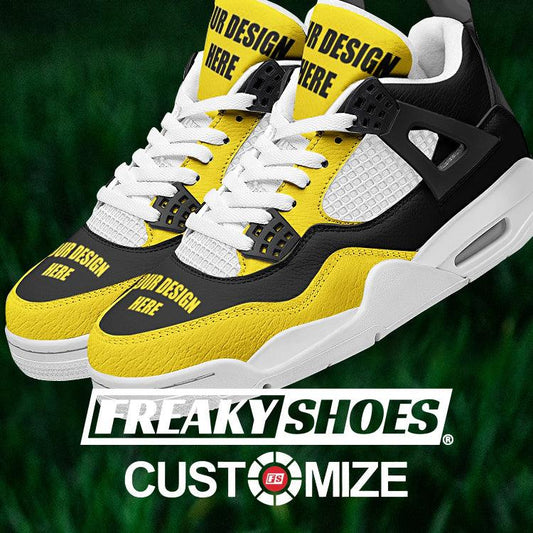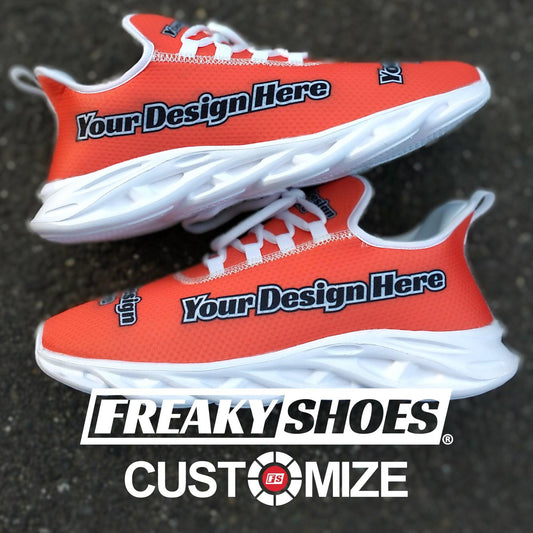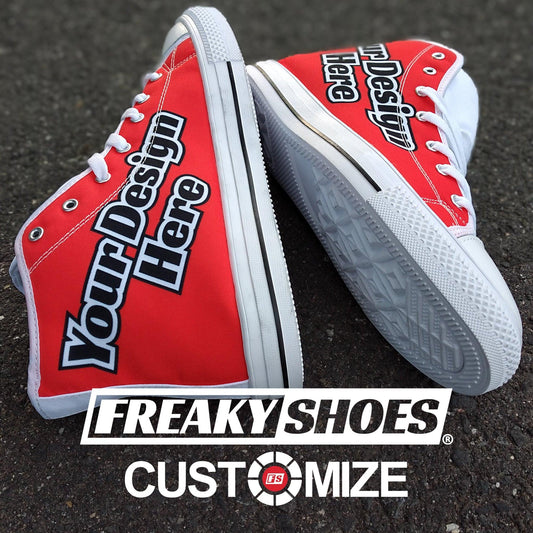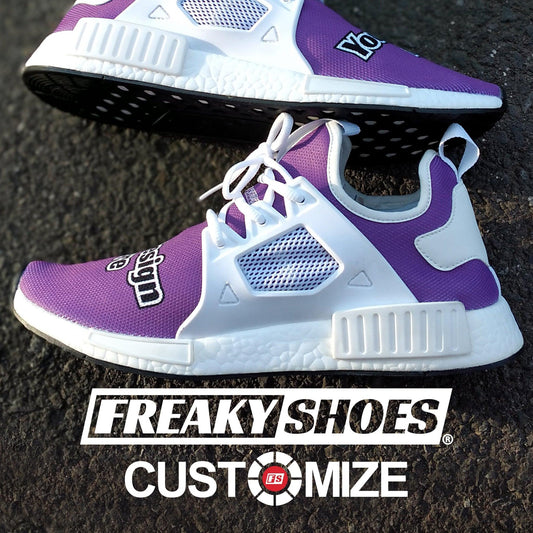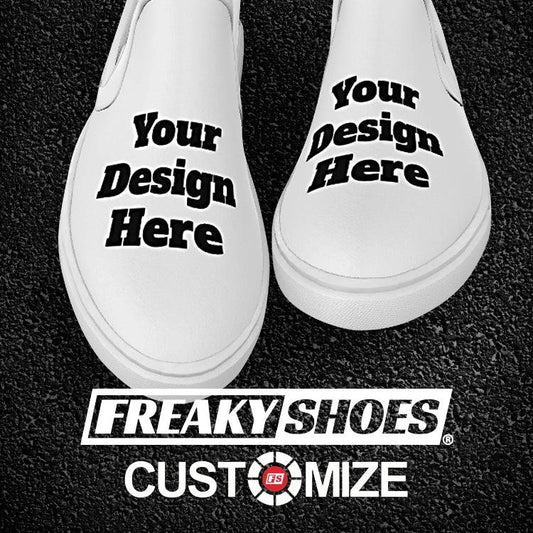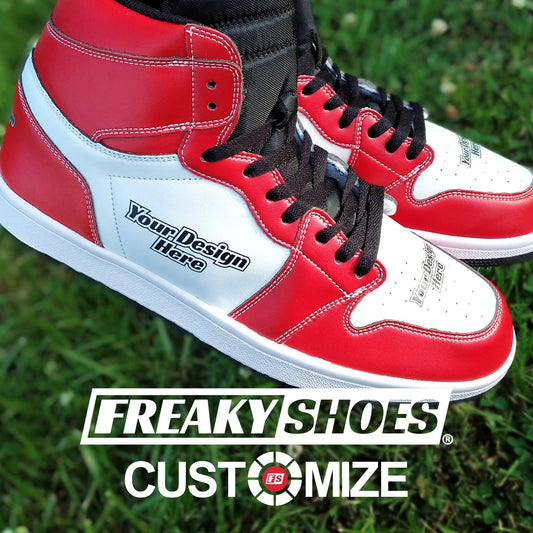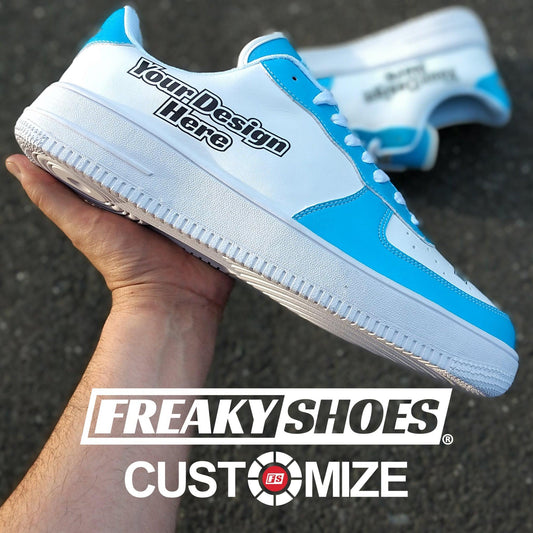“Are Converse comfortable?” a question pops up often, especially if you're eyeing a new pair. Well, we’ve done the digging to give you all the answers. Whether you’re a sneakerhead or just need comfy shoes, you will find out everything here.
First, a short answer:
Converse shoes are comfortable for casual and short-term wear due to their lightweight and breathable design. However, they lack arch support and cushioning, which means they are not good for extended periods.
Want more info? Here, you will learn all about the comfort level of Converse shoes, and which models are the coziest. Let’s start.
Key Takeaways
- Converse shoes are comfortable for casual wear but not ideal for long periods.
- Breaking in the Converse shoes with thick socks or a shoe stretcher can improve the comfort level.
- Different Converse models have different comfort levels. For example, Chuck 70s are more cushioned than the classic Chuck Taylors.
- Wearing thicker socks and adjusting the laces can make Converse fit better and feel more secure.
- Converse shoes are less cushioned compared to brands like Nike and Adidas.
- Regularly rotating your shoes and using moleskin padding can prevent discomfort in some cases.
Is Converse Comfortable? Understanding the Comfort Level

Converse can be comfortable for casual and short-term wear. The reasons are its lightweight and breathable design. However, they may not be suitable for those needing more support and cushioning. That’s why you will see some people praising Converse's comfort levels while others criticize it.
Let’s take a look at what makes Converse comfortable for the short term.
Lightweight Design
Converse shoes are really light, which makes them easy to wear for short trips or hanging out with friends. The reason they are lightweight is because of the materials used in manufacturing.
During our research, we found out that one of the most common materials in Converse shoes is:
- Canvas
- Rubber
Both don’t add much weight.
Keep in mind that heavy shoes can make your feet feel tired. Lightweight shoes, like Converse, help your feet feel more relaxed. This is why so many people love wearing them for casual outings.
Here are some benefits of lightweight design that you should be aware of:
- Enhanced comfort (which makes walking or running more enjoyable).
- Improved performance, especially speed and agility.
- Reduced fatigue.
- Better flexibility.
- Increased breathability to keep your feet cool.
- Easier packing (perfect for travel).
- Less stress on your joints.
- Sleek and stylish.
- Quick drying, ideal for wet conditions.
Breathability
One of the best things about Converse shoes is how breathable they are. We checked most of them and saw that the canvas material had tiny holes. We asked footwear experts and they said that these holes are crucial because they let air flow through them. This is super important to keep your feet cool on a hot day.
Well, nobody likes sweaty feet, right?
When your feet stay dry and cool, you feel more comfortable.
That’s not it. Breathable shoes like Converse can also help avoid smelly feet and blisters. This makes them perfect for summer or any warm weather.
Flexible Sole
You will also love the rubber sole on Converse because it is flexible. It makes it easy for your feet to move naturally. We also noted that the sole bends with the foot. This flexibility is great for everyday activities like walking in the park or running errands.
Remember that a flexible sole means your feet can move more freely without any risk of injuries.
Why Are Converse Not Comfortable For Long Periods?
Converse shoes are not comfortable for long periods because of several reasons, like:
- They lack arch support
- No cushioning
- Have a flatter sole
- Made of materials that don't provide adequate padding.
So, if you wear Converse for hours, you may feel discomfort and foot fatigue.
Let’s see the details.
Lack of Arch Support
The biggest problem we’ve found in Converse shoes is that they don't provide much arch support. This support is really important because it helps spread your weight evenly across your feet. Without it, you might feel pain in your heels, arches, or even your back.
Note that shoes with good arch support help keep your feet in a more natural position. They reduce the strain on your muscles and ligaments. Converse shoes don’t offer this kind of support, which is why we don’t recommend them for long wear.
Insufficient Cushioning
Converse shoes don’t have much cushioning in the soles, either. What is cushioning? Well, it acts like a pillow for your feet. It is the absorption of the shock each time you take a step.
Without enough cushioning, your feet can take a lot of impact. We experienced this while walking on rough terrain.
Due to insufficient cushioning, you may feel soreness and fatigue.
Flat Sole Design
The flat sole design is another thing that makes Converse shoes unsuitable for long wear. While this design might look cool and work for short-term wear, it’s not ideal for long periods.
Wondering why a flat sole is a problem? Well, if the sole is flat, there won’t be any elevation or contour to support the natural shape of your foot. Eventually, you will be dealing with overpronation if you keep wearing them for hours every day. It’s a condition in which your foot rolls inward too much.
Unfortunately, this can cause problems in your ankles, knees, and hips as well.
Materials That Lack Padding
Another point we noticed is that the materials used in Converse shoes don’t offer much padding or insulation. You know that the brand uses canvas and thin rubber. These two things are soft, but they don’t protect your feet from hard surfaces.
So, keep in mind that walking on hard surfaces with just a thin layer under your feet can get uncomfortable after a while. The lack of padding can make your feet feel every bump and crack.
Minimal Heel Support
Lastly, the heel area of Converse shoes doesn’t have much support or cushioning. Good heel support is crucial because it helps stabilize your foot and absorb the impact when you walk. Without it, your heels can start to hurt after standing or walking for long periods.
Unfortunately, Converse shoes lack this feature.
Narrow Fit
According to reviews, Converse shoes have a narrow fit. Some people are finding it uncomfortable. After further investigating this matter, we came to know that the people who are complaining are those who have wider feet.
It’s understandable, too, as shoes that are too tight can squeeze your feet. This can lead to blisters, calluses, and general foot pain.
So, for people with wider feet, Converse shoes might not be the best choice for extended wear.
If you’ve normal foot width and the new Converse shoes still feel tight, then don’t get worried. They will get comfortable after the break-in period.
Breaking in Your Converse: Important for Comfort
Breaking in your Converse is important for comfort because it helps soften the material. When it happens, the shoes become more flexible and fit better. This process can prevent blisters and make your Converse more enjoyable to wear.
Wearing Thick Socks
Wearing thick socks when you first get your Converse can help speed up the breaking-in process. Thick socks provide extra padding between your feet and the shoes, which helps stretch the material gently. This makes the shoes softer and more comfortable without causing blisters.
Here’s a tip: Try wearing them around the house for short periods at first. Then, gradually increase the time as they become more comfortable.
Using a Shoe Stretcher
A shoe stretcher can be very helpful in breaking in your Converse. This tool helps to stretch the canvas material, making it less stiff and more comfortable.
You can adjust the stretcher to widen or lengthen the shoe as needed. We suggest leaving the stretcher in the shoes overnight to see the best results.
This method is great for making your Converse fit better without causing discomfort to your feet.
Walking Around the House
Walking around the house in your new Converse is a simple way to break them in. Start by wearing them for short periods, like 15 to 30 minutes, and gradually increase the time. This helps your feet adjust to the shoes and softens the material.
There’s another benefit. Doing this indoors prevents the shoes from getting dirty or scuffed while they’re still new.
Flexing the Shoes with Your Hands
Flexing the shoes with your hands can help make them more flexible and comfortable. Gently bend and twist the shoes to loosen the material. We suggest focusing on the areas that feel the stiffest, like the heel and the toe box.
Doing this helps to break down the stiffness.
Using Shoe Inserts
Using shoe inserts can help make your Converse more comfortable, especially during the breaking-in period. Inserts provide extra cushioning and support, which can help prevent foot pain and blisters.
You can easily find inserts designed specifically for:
- Arch support
- Heel cushioning.
How to Enhance the Comfort of Your Converse? Easy Tips

To enhance the comfort of your Converse, you can do many things. The top ones are:
- Adding cushioned insoles
- Using heel pads.
Let’s see more.
Add Cushioned Insoles
Adding cushioned insoles to your Converse can make a huge difference in comfort. Insoles provide extra padding and support for your feet, which is especially helpful if you plan to wear your Converse for long periods.
It’s simple. Just slip them into your shoes, and you’ll feel the difference right away.
Use Heel Pads
Heel pads can add extra cushioning to the back of your shoes. This is critical for preventing rubbing and blisters.
These pads stick to the inside of your Converse. They become a soft barrier between your heels and the hard shoe material. In our opinion, they are especially useful if you find that the heel area of your Converse is causing discomfort.
Adjust the Laces
Adjusting the laces can help make your Converse fit better and feel more comfortable. Simply tighten or loosen the laces to get a snug fit without pinching.
Proper lacing helps secure your feet and prevents slipping inside the shoes.
Note: You can try different lacing techniques to find the one that provides the best comfort for your feet.
Rotate Your Shoes
Wearing the same pair of shoes every day can lead to discomfort. In our experience, rotating shoes gives each pair a chance to air out and recover their shape. This can help maintain the comfort and structure of your Converse.
Use Moleskin Padding
Moleskin padding is great for preventing blisters and adding extra comfort. You can cut moleskin into small pieces and stick it inside your Converse. We suggest putting them where you feel the most friction.
Popular Converse Models and Their Comfort Levels
Converse shoes are known for their iconic style, but their comfort levels can vary widely depending on the model. Here’s a look at some popular Converse models:
|
Model |
Comfort Features |
Comfort Level |
|
Chuck Taylor All Star |
Classic design, minimal cushioning |
Basic comfort |
|
Chuck Taylor All Star CX |
CX foam sockliner, stretch canvas upper |
Enhanced comfort |
|
Chuck 70 |
Thicker canvas, improved cushioning |
Superior comfort |
|
One Star Pro |
CX foam insole, suede upper |
High comfort for skating |
|
Run Star Hike |
Chunky platform, jagged rubber sole |
Moderate comfort |
|
All Star Pro BB |
Nike React foam, mesh upper |
High-performance comfort |
|
Chuck Taylor All Star Move |
Lightweight platform, light canvas |
Enhanced comfort |
|
Converse CONS CTAS Pro |
Suede, Lunarlon insole |
High comfort for skating |
|
Chuck Taylor All Star Lift |
Platform design, canvas upper |
Moderate comfort |
|
Chuck Taylor All Star Waterproof Boot |
Waterproof, nubuck leather |
High comfort for winter |
Comparing Converse Comfort Level to Other Sneaker Brands
People often ask about a “Converse sneakers vs top brands” comparison. If you’re interested, check out this table:
|
Brand/Model |
Comfort Features |
Comfort Level |
|
Converse Chuck Taylor |
Minimal cushioning, flat sole |
Basic comfort |
|
Converse Chuck 70 |
Thicker canvas, improved cushioning |
Superior comfort |
|
Nike Air Max |
Air cushioning, padded collar |
High comfort |
|
Adidas Ultraboost |
Boost midsole, knit upper |
Superior comfort |
|
Vans Old Skool |
Padded collar, cushioned insole |
Moderate comfort |
|
New Balance 990 |
ENCAP midsole, suede, and mesh upper |
High comfort |
|
Puma RS-X |
Lightweight cushioning, supportive upper |
High comfort |
|
Reebok Classic Leather |
EVA midsole, padded foam sockliner |
Moderate comfort |
Final Thoughts
In summary:
That’s all.











